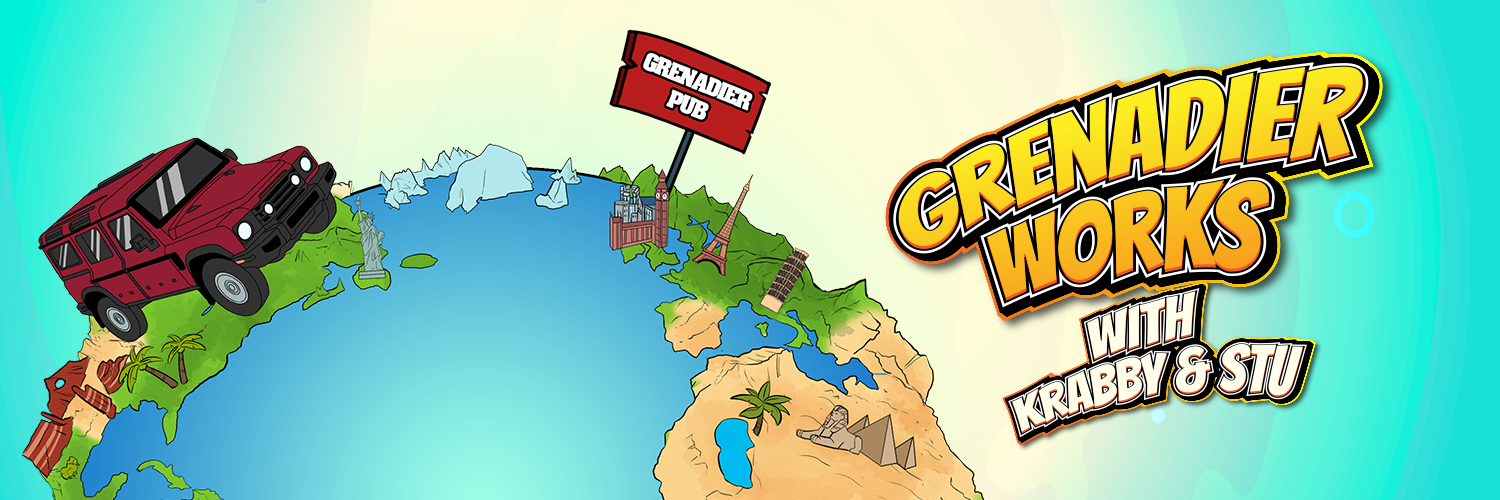Some thoughts on all the comments.
If float is your goal, the wide tire in the same radius is better than a the same tire diameter in narrow. So, if the surface is fluid, like mud sand and powder (think iceland) then you go for width as well as radius. I live on the east coast, and for me at some point offroad, albeit due to sand or a muddy field, a little bit of float to keep the diffs from bogging in, is appreciated.
Then there's navigating ruts, especially wet ruts. The wider tire increases the opportunity for the tire to catch a surface with traction along the bottom and the sides. If you're stuck in the worn smooth center of a rut, you move your wheel to and fro in hopes of catching something, which is made all the more easier with a slightly wider tire.
Any testing on a flat, hard surface produces useless data for offloading. I give a shit about my contact patch on pavement when I'm in a dragster, not an offroad buggy. In addition, if deformation is the only test, then you're only good for a dry day in Utah. I need a well rounded tire.
In the end, the idea a "skinny" is better than a "wide" is kinda the new fad, but in reality, it's about the variety of offroad surfaces you think you'll encounter during the life of the tire, and the size and weight of the rig. In the pursuit of durability, we all seem to error on the side of too stiff sidewalls. It's a reasonable sacrifice.
If given the option of 17" or 18" offroad, I'll take 17. But, say I already have 31's on an 18" that I like, when going to 35's, you're really not talking that much of a discernible difference in performance. Considering all the other limitations of driving an overweight SUV, and overland not being a race, you guys criticizing this fella for choosing 18's is really being pedantic, or pedan'dick', as the case may be. You're not going anywhere on 17's he can't achieve on 18's.



